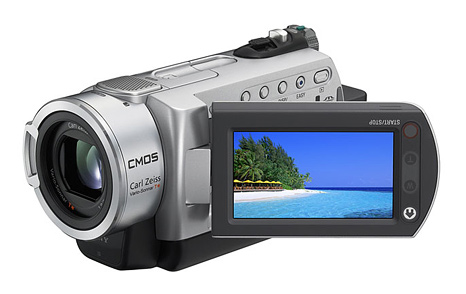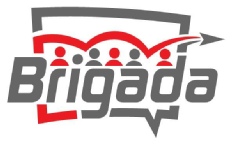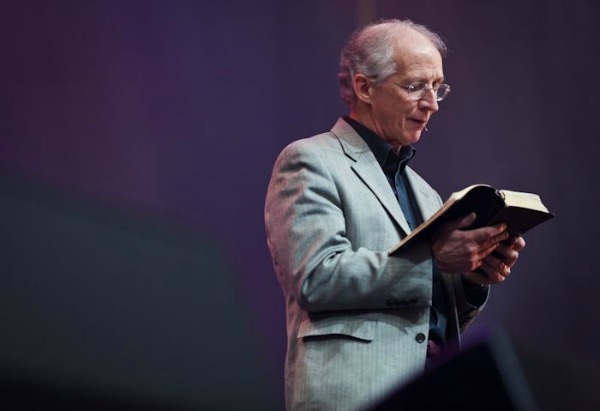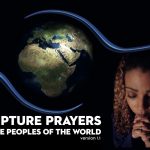 A lot has changed since our July 2006 item trying to determine which camcorder is best for missions travel and promotion. Mark, a regular Brigada reader, asked if we could refresh the review. (Thanks for asking, Mark!)
A lot has changed since our July 2006 item trying to determine which camcorder is best for missions travel and promotion. Mark, a regular Brigada reader, asked if we could refresh the review. (Thanks for asking, Mark!)
- One factor we keep observing is the convergence of high-end pro-sumer digital SLRs and medium-duty camcorders. In other words, it’s gotten to the point that your still camera can take your high-def videos. One factor: the on-camera microphones on those SLRs is sometimes of lesser quality than the mics on dedicated camcorders. I think manufacturers believe they’ll only be used to annotate stills.
- Then there’s convergence from the other side. Some of the camcorders are now making still images at 3 megapixels and up. Of course, you have to check to make sure that options like optical image stabilization are also online when taking stills (not just when doing video).
- Since 2006, we’ve seen the blossoming of the entire market of camcorders using hard drives. They’ve dropped from $1600 down to $500 in just 3 years.
- Then you have this whole new crop of miniature high-def camcorders that capture movies to flash cards (as opposed to mini-DV, DVDs, or hard-drives). For sure, one gives up some things on those $100 models, not the least of which is lense quality and CCD image clarity.
So what’s a body to do? Maybe the best recommendation is to fit the need. (In fact, maybe you’ve decided to stop doing video all together in favor of just doing slide shows with stills.) In the comment box below, please describe your own specific case and explain why you chose what you did — and whether or not you’re happy with your choice. There’s no one-size-fits all solution. Please make your case. :-)











I have a Sony DSC-T500, a point and shoot that takes decent stills and decent HD video. It has built in stereo mics and optical stabilization at a very good price. You can choose a lower resolution video if your computer can’t handle the high resolution. I’ve been very happy with the video, and the stills are decent in good light (not so great in low light).
I also have the latest and greatest Canon 5D Mark II, because I’m moving toward professional photography and video. It’s an incredible camera that hardly anyone really needs. In fact, most people don’t need a DSLR at all, because they just set them to full auto anyway.
Unless you are a dedicated photographer with professional level skills, you can create wonderful photos and video with very affordable equipment. Look closely at the new Lumix and Panasonic models, which are the cutting edge in this department (though I like my Sony which works great within its limitations).
Keep in mind that HD video takes up tremendous space, and demands a higher end computer, really big harddrives, and decent software for editing. You can sink a lot of time and money into that hole.
For PC users looking for software, I can recommend Sony Vegas Platinum (more serious) and Cyberlink Power Director (more easy and seems to handle HD video without crashing quite well).
After doing a bit of research I bought a Canon VIXIA HF-100 AVCHD. It’s a great camera that meets my needs.
I live in India and needed a camera with a mic input in order to do interviews and get good audio. Most low to mid range cameras now don’t come with a mic input.
I also needed something that would hold up to the dusty environment in India, which prompted me to look for one that runs on SD.
This camera uses High Capacity SD, which means I needed to upgrade my card reader to one that supports HCSD.
I also had to upgrade my videocard in my computer to support HD video, in order to capture and edit the video.
It was well worth the 2 upgrades, as the camera has been durable and takes great video and photos.